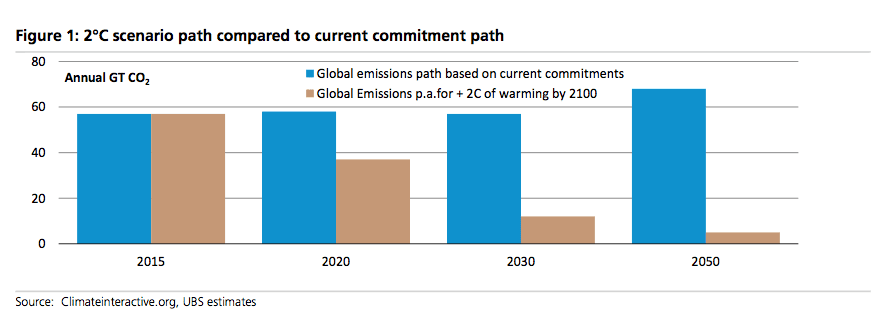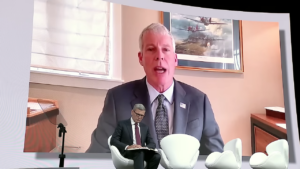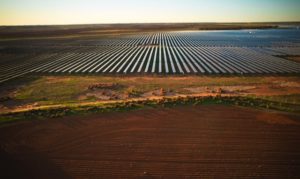Investment bank UBS says the world would likely require most thermal generation to be replaced over the next 30 years if the world is to limit average global warming to below 2°C, as agreed in Paris.
In an analysis looking at the global implications on utilities and fuel supply following the surprise Paris Agreement, UBS says it implies an about 80 per cent reduction in emissions on a global scale over the next 30 years, and constitutes a “significant” threat to coal generation.
“To deliver the carbon reduction needed to come in at under 2°C of warming will require a shift away from thermal power generation,” UBS writes.
It notes that the ready alternatives, across the globe, are solar, wind, hydro and nuclear. Carbon capture and storage could play a role, it says, but “progress in making CCS more economic and even technically proven has been insignificant.”
UBS says many more electric vehicles will also be needed to join the global fleet, and there will be a increasingly large opportunity for storage, and for energy efficiency and grid reinforcement as the penetration of wind and solar rises above 50 per cent in some energy markets.
UBS says the demands on the US and China will be significant to meet the Paris target.
China’s emissions were forecast to grow from 9 gigatonnes of CO2 equivalent to 13GT/CO2e by 2030, “when in fact our calculations show that it needs to decline to 2GT/CO2e by 2030.
“The US’s INDC calls for reductions from ~6.2GT/CO2e in 2005 to ~4.7GT/CO2e by 2025, but our calculations show that emissions would need to drop significantly to ~1.1GT/CO2e by 2030 in the 2°C scenario. This highlights the extent of the challenge that the delegates have signed the world up for.”
As for Australia, it says that the country may have little trouble meeting its current targets, but may have no choice but to consider a carbon tax to meet its share of the 2°C scenario.
“A carbon tax sends an economy a wide price signal, rather than being specific to utilities,” UBS notes.
“As far as utilities go, renewable energy tends to push out carbon light, thermal generation, first gas, and then black coal. High carbon emitting brown coal is the last power generation fuel to be pushed out by renewables.
“On the other hand, a carbon tax increases the costs of high carbon emitting generation.
“As the 2°C target, if it is to be achieved, requires a relatively fast adjustment, we think it is the obvious tool to turn to for faster adjustment. We believe if other countries such as China and the US were to move in that direction, the chances of a carbon tax in Australia would increase.”
It says AGL, the biggest owner of coal fired power generators and the biggest emitter, is worst placed among listed utilities in a 2°C scenario.
Indeed, Australian coal generation and electricity emissions have jumped since the Coalition government repealed the carbon price 18 months ago, and industrial emissions are now rising almost as fast as the $2.55 billion Emissions Reduction Fund is buying abatement through its auctions process.
Labor is calling for a carbon price to be delivered through an emissions trading scheme, but the Coalition continues to reject this, labelling it an “electricity tax” – although it is considering reinforcing its Direct Action program to try and morph it into a “baseline and credit” scheme, a sort of carbon price focusing on a few specific sectors.












